A Sip of Glamour: Prohibition, Hollywood, & 26 Films about Cocktail Culture:
- Thom Vest
- Jan 3, 2024
- 7 min read

The Golden Age of Hollywood is celebrated the world over for its cinematic brilliance and iconic figures. Beyond the glamour, set design, and artistry; this period reflects the intricate connection between cinema, pop culture, and important cultural and societal shifts - all of which served to cement Hollywood's place as the entertainment capital of the world. Central to this era is the intersection of Hollywood's rise to global prominence and America's prohibition era, opening a world of clandestine 'speakeasies', blind tigers, and a vibrant cocktail culture that lives on today.
While it may have technically been illegal at the time - it will come as little surprise that a study of 115 films from 1929 to 1931 revealed that 43% of these films showed intoxication, 66% showed drinking, and less than 10% had no reference to or display of liquor - highlighting the pervasive influence of liquor in the cinematic landscape - and a testament to the resilience of art, creativity and the human spirit, even in the face of societal constraints.
Prohibition and the Rise of Speakeasies:
The 18th Amendment to the United States Constitution, enacted in 1920, ushered in the era of Prohibition, making the manufacture, sale, and transportation of alcoholic beverages illegal. Despite the government's attempts to enforce sobriety, a rebellious undercurrent emerged, giving birth to the phenomenon of speakeasies. These clandestine establishments, hidden behind unmarked doors and secret entrances, became the social hubs of the time, offering an escape from the dry reality imposed by Prohibition.
Hollywood's Elite and the Speakeasy Scene:
As the movie industry flourished, Hollywood's elite found themselves drawn to the allure of speakeasies - seeking a place to hide from the glare of the spotlight and let off a little steam. The film industry's glitterati, including actors, directors, and producers, frequented these hidden establishments, seeking refuge from the watchful eyes of the law. Speakeasies became the backdrop for Hollywood's clandestine meetings, negotiations, and wild parties. Celebrities such as Charlie Chaplin, F. Scott Fitzgerald, and Clara Bow were often spotted at speakeasies, adding an air of glamour to these underground venues. The allure of the forbidden, coupled with the thrill of secret gatherings, fueled the creativity and mystique of Hollywood during its Golden Age.
Cocktail Culture: Mixing Art and Libations
Simultaneously, the art of mixology was undergoing a renaissance during the Golden Age. With the traditional bar scene suppressed by Prohibition, the demand for creatively crafted cocktails surged. Speakeasies, operating beyond the reach of the law, became the breeding grounds for mixologists experimenting with exotic ingredients and innovative recipes.
Classic cocktails like the Martini, Old Fashioned, and Sidecar gained popularity during this era, becoming synonymous with sophistication and elegance. Hollywood's stars embraced the cocktail culture, both on and off the screen, further contributing to the fusion of glamour and libations.
The Silver Screen's Influence on Cocktails:
As Hollywood glamorized the cocktail culture in films, on-screen depictions of characters sipping on cocktails in smoky lounges and luxurious penthouses became synonymous with sophistication. Iconic scenes featuring glamorous stars like Cary Grant and Audrey Hepburn enjoying a Martini or Champagne further fueled the public's fascination with the cocktail culture. The Golden Age of Hollywood not only shaped the world of cinema but also left an indelible mark on American culture.
The government's belief that prohibiting the sale and production of alcohol would deter people from seeking their favorite drinks proved to be a gross miscalculation. As history has repeatedly demonstrated, where there's a desire for something (for the people, by the people, right?) alternative means will be sought. Prohibition Cocktail Tours in Los Angeles inadvertently provided fertile ground for crime syndicates involved in the production and smuggling of booze to thrive, ultimately influencing the creation of some of the greatest cocktails (and pieces of cinematic history) ever made. Here's a few of our favorites:
LA Explained's 26 Favorite Films about Prohibition, Speakeasies, & Cocktail Culture:
Click to View Gallery
Casablanca (1942)
Set against the backdrop of World War II, the film's iconic Rick's Café Américain showcased the allure of cocktails and the escapism they provided during tumultuous times.
The Untouchables (1987)
In Brian De Palma’s gripping and intense thriller, the narrative unfolds as Treasury Agent Eliot Ness confronts Al Capone’s illicit Chicago empire. Sean Connery's Oscar-winning supporting role as Ness' right-hand man adds a remarkable dimension to the film, despite the intriguing choice of a Scottish accent for his Irish beat cop character.
Little Caesar (1930)
Warner Brothers laid the foundation for crime genre classics in the 1930s, with gems like "Little Caesar." Edward G. Robinson delivers a stellar performance as mobster Caesar Enrico "Rico" Bandello, loosely inspired by Al Capone. The portrayal stirred controversy, with W.R. Burnett, the author of the source material, questioning Robinson's interpretation, suspecting a hidden layer of sexuality in the character.
Bugsy Malone (1976)
Alan Parker's musical presents a joyful, albeit loose, reimagining of the Prohibition era, where all characters are played by children, and the absence of alcohol is replaced by whimsical custard-covered violence.
Scarface: The Shame of a Nation (1932)
Howard Hughes' gangster epic, loosely modeled after Al Capone's life, faced criticism upon release for allegedly glorifying the criminal lifestyle and excessive violence. Notably, the film shares parallels with the later Brian de Palma remake, complete with a recurring "x" motif signaling impending doom.
The Roaring Twenties (1939)
Examining Prohibition from a historical perspective, this epic film captures the entire 1920s decade, tracing the aftermath of World War I to the stock market crash. Featuring gangster legends Jimmy Cagney and Humphrey Bogart, the narrative follows Cagney's character, a World War I veteran drawn into a life of crime due to post-war challenges.
Once Upon a Time in America (1984)
Sergio Leone's masterpiece unfolds a saga of Jewish New York gangsters spanning over 50 years. Clocking in at 229 minutes, the film is hailed as one of the best depictions of the Prohibition era, according to Roger Ebert.
Some Like It Hot (1959)
In this screwball comedy set against the backdrop of Prohibition, Tony Curtis and Jack Lemmon's jazz musicians witness the St. Valentine's Day Massacre and go into hiding, creating a hilarious tale that explores gangland massacres with wit. Marilyn Monroe adds charm as Sugar Kane.
The St. Valentine’s Day Massacre (1967)
This drama revisits the infamous 1929 gangland killing orchestrated by Al Capone, with Sam Robards stepping into the role. Originally, director Roger Corman aimed to cast Orson Welles as Capone, but 20th Century Fox rejected the idea due to Welles' reputation as a diva and maverick.
The Great Gatsby (1974)
Although not a typical gangster thriller, "The Great Gatsby" offers a unique perspective on 1920s America. Robert Redford's portrayal of Gatsby, whose wealth stems from bootleg liquor, presents a different facet of the Prohibition era, showcasing the tension between opulence and societal status.
The Public Enemy (1931)
James Cagney delivers a menacing performance in this Prohibition-era movie, depicting a young hood's ascent in a bootlegging empire. Jean Harlow co-stars as his love interest.
Miller’s Crossing (1990)
The Coen brothers' homage to old gangster films, "Miller’s Crossing," is a cerebral thriller with sharp dialogue, intricate twists, and a memorable action sequence set to the strains of "Oh Danny Boy."
Bonnie and Clyde (1967)
While not bootleggers, Bonnie and Clyde become iconic figures in post-Depression America through bank robberies. Faye Dunaway and Warren Beatty's portrayal adds Hollywood glamour to their infamous crime spree.
Public Enemies (2009)
John Dillinger, portrayed by Johnny Depp, takes center stage in this depiction of the Prohibition era, showcasing his association with Chicago's bootlegging underworld. Michael Mann's film, though a mixed bag, accurately captures the historical details, even featuring an actual car used in one of Dillinger's robberies.
Capone (1975)
Ben Gazzara tackles the role of Al Capone in this biopic, offering a fast-paced and brutal journey through Chicago's crime world. While not the most accurate depiction, it provides an engaging romp.
Last Man Standing (1996)
Based on Akira Kurosawa’s Yojimbo, "Last Man Standing" follows a mysterious gunslinger, portrayed by Bruce Willis, who arrives in a Prohibition-era ghost town and manipulates two bootlegging criminal gangs against each other.
Manhattan Melodrama (1934)
Set in the 1930s, "Manhattan Melodrama" revolves around boyhood friends who end up on opposite sides of the law—one a criminal, the other a D.A.
Bullets over Broadway (1994)
Woody Allen's Oscar-winning comedy, "Bullets over Broadway," explores 1920s New York, where a playwright gains rewriting inspiration from an unlikely source—an underworld enforcer. The comedy ensues when the gangster's revisions are claimed as the playwright's own.
The Funeral (1996)
Directed by Abel Ferrara, "The Funeral" delves into religious subtext within a family drama about mob brothers in the 1930s. A hidden gem among crime movies, it offers a unique perspective on the era.
The Petrified Forest (1936)
Featuring Hollywood royalty like Humphrey Bogart, Bette Davis, and Leslie Howard, "The Petrified Forest" intertwines lives at a Depression-era diner in Arizona's Petrified Forest area. Notably, Bogart's performance marked his first major role.
The Rise and Fall of Legs Diamond (1960)
Loosely inspired by true events, this black-and-white film stands out as one of the best gangster movies of the 1960s. It follows Jack "Legs" Diamond's attempt to muscle into Arnold Rothstein's criminal empire by becoming his bodyguard.
Lawless (2012)
Contrary to typical Prohibition films centered on Chicago gangsters, "Lawless" explores the impact of the 18th Amendment on a family of moonshine producers in rural Franklin County, Virginia. Tom Hardy's performance as the burly protector of the Bondurant clan steals the show.
What! No Beer? (1933)
Buster Keaton's "talkie" pairs him with comedian Jimmy Durante, portraying wannabe entrepreneurs who buy a brewery to be the first to sell beer after Prohibition's repeal. Ironically, Keaton's personal struggles during the shoot mirrored the film's subject matter.
Road to Perdition (2002)
Set during Prohibition, "Road to Perdition" follows Tom Hanks as hitman Michael Sullivan seeking revenge against the mobster who killed his family. The film blends fictional characters with real-life gangsters, including Stanley Tucci's portrayal of Al Capone's under-boss Frank Nitti. Paul Newman's performance as mob boss John Rooney stands out.
The Thin Man (1934)
Positioned between the conclusion of Prohibition and the initiation of the censoring Hays Code, "The Thin Man" introduces a husband-and-wife detective duo reveling in playful sexual innuendo while indulging in copious amounts of alcohol.
City Streets (1931)
Crafted during the peak of Prohibition and based on a treatment by Dashiell Hammett, "City Streets" emerges as a proto-noir love story. Gary Cooper and Sylvia Sydney portray young lovers entangled with the mob. Director Rouben Mamoulien pioneers innovative techniques in the gangster genre, making "City Streets" the first American film to feature voiceover. Despite ten deaths in the narrative, none are depicted on-screen. Al Capone himself praised the film, considering it an accurate portrayal of Prohibition-era gangster life.
If watching from home isn't enough to scratch your itch - be sure to check out our new Prohibition Cocktail Tours at the historic Oviatt Penthouse on January 20th or February 3rd (while Tickets last! )

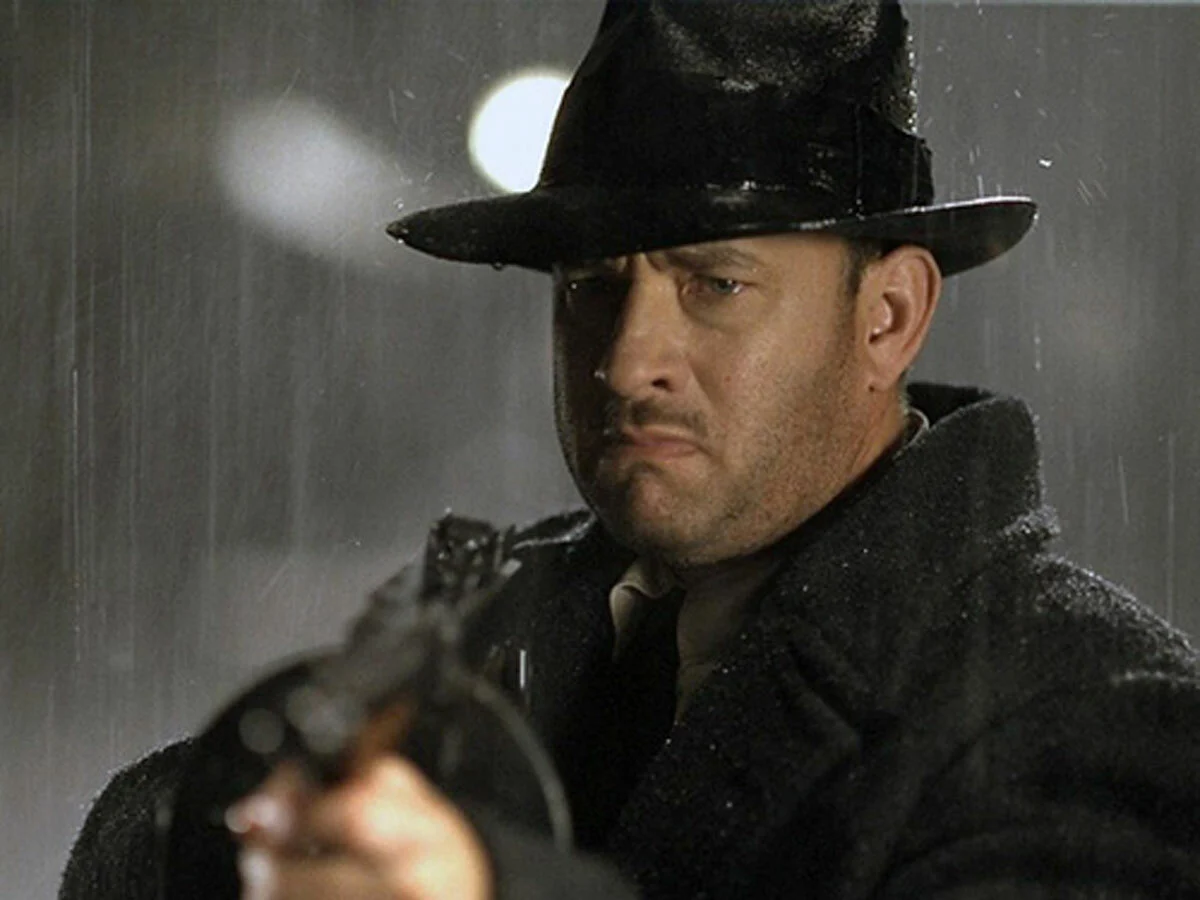
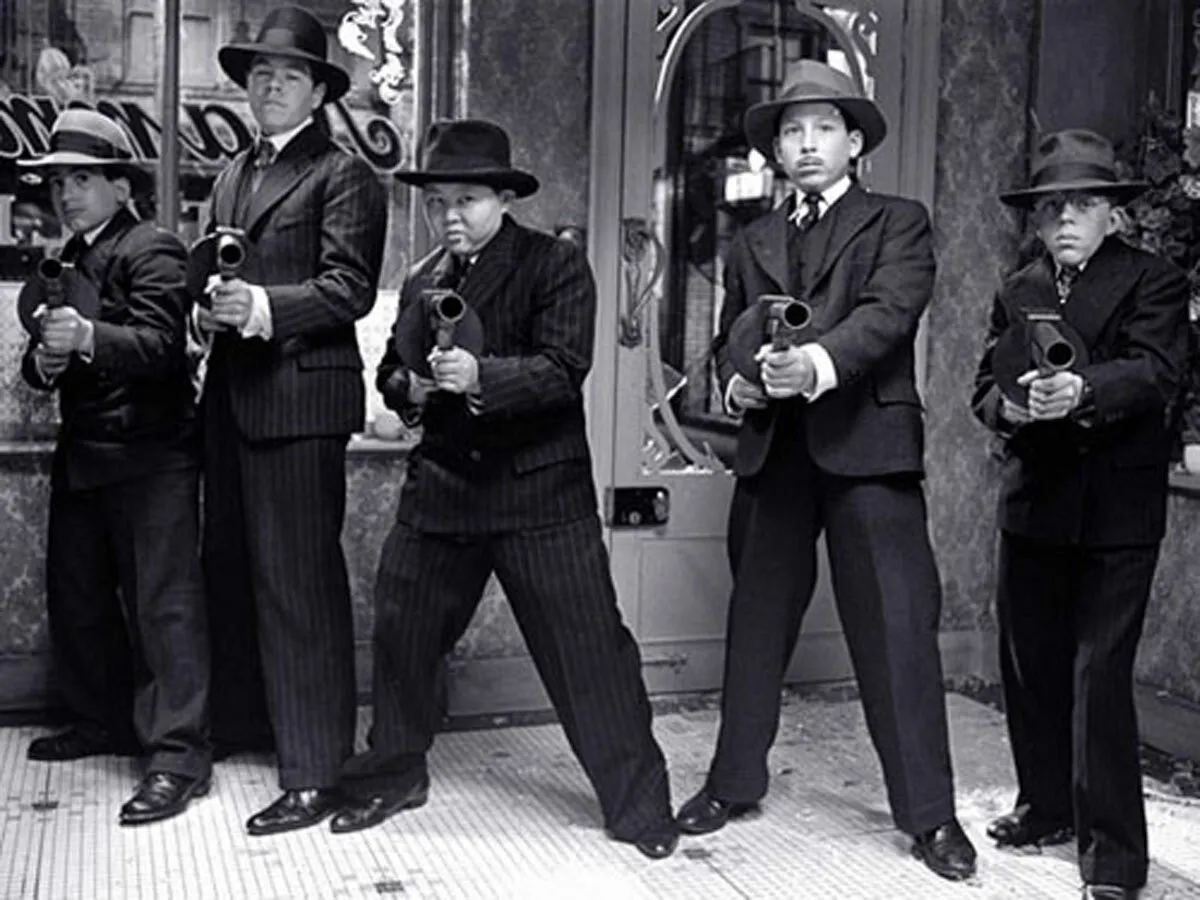
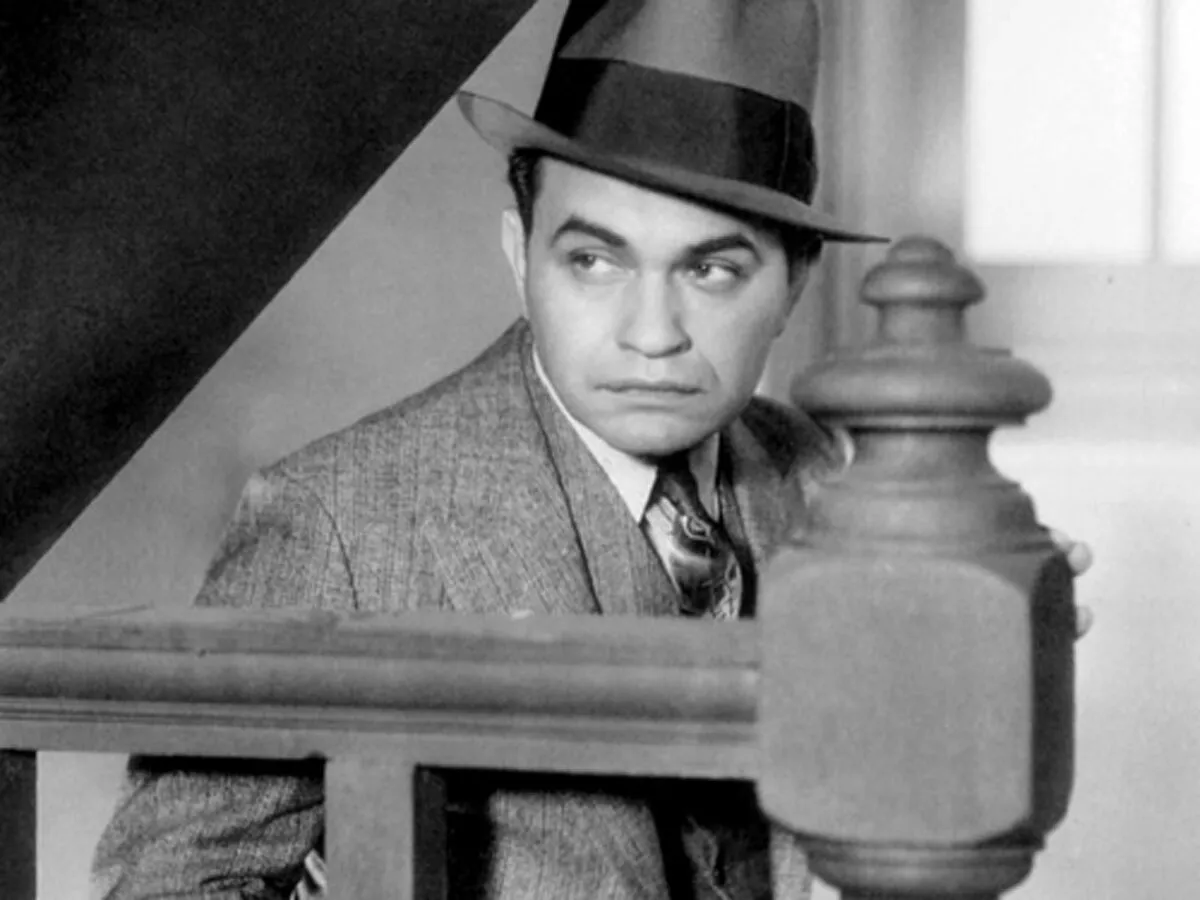


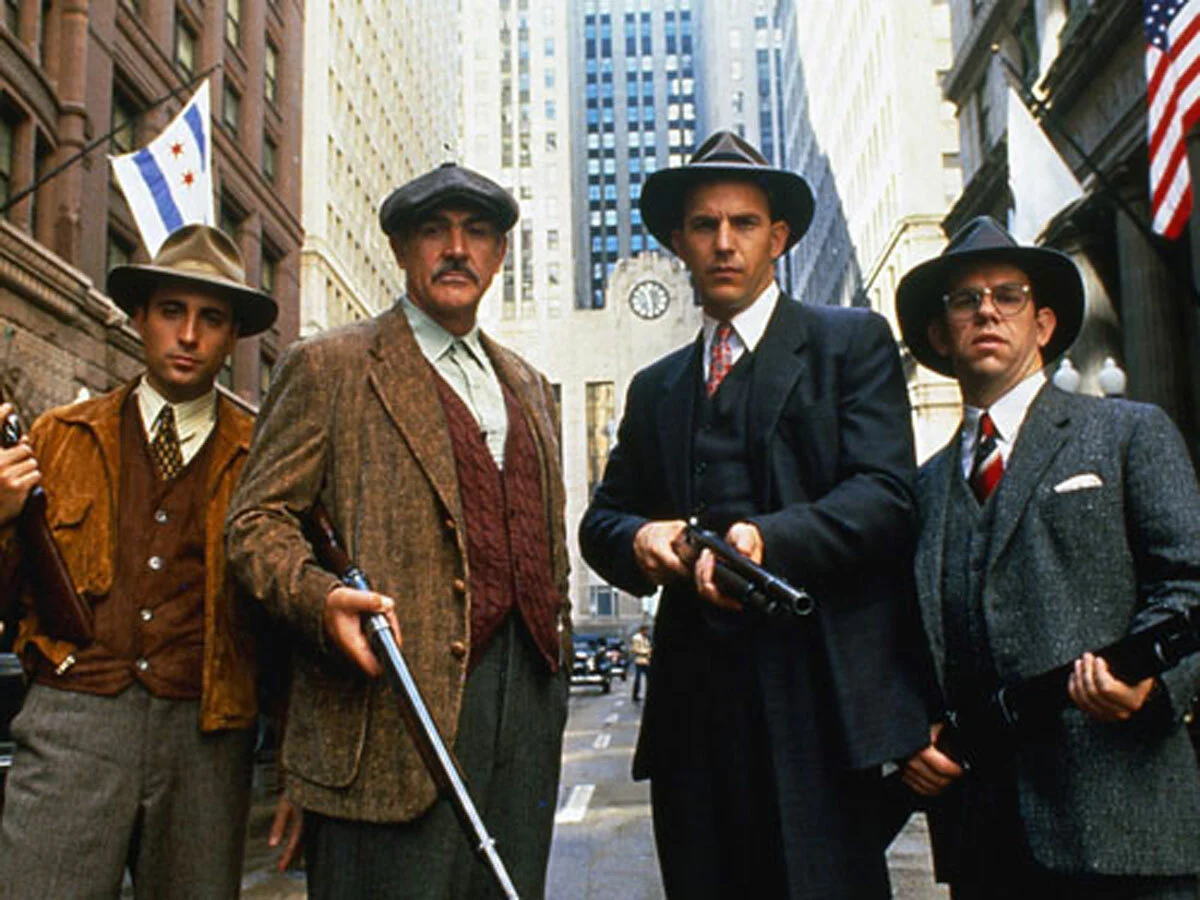
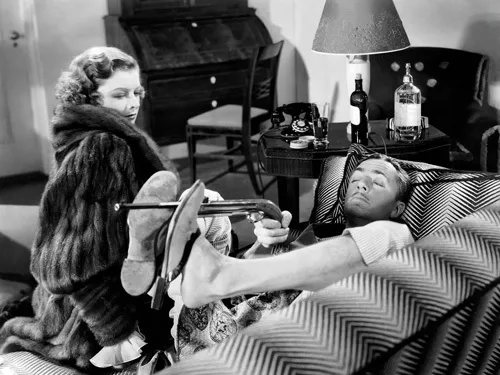
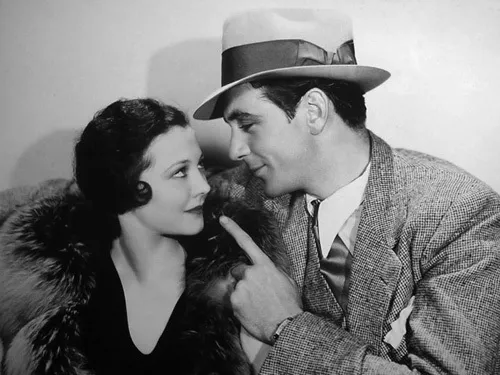
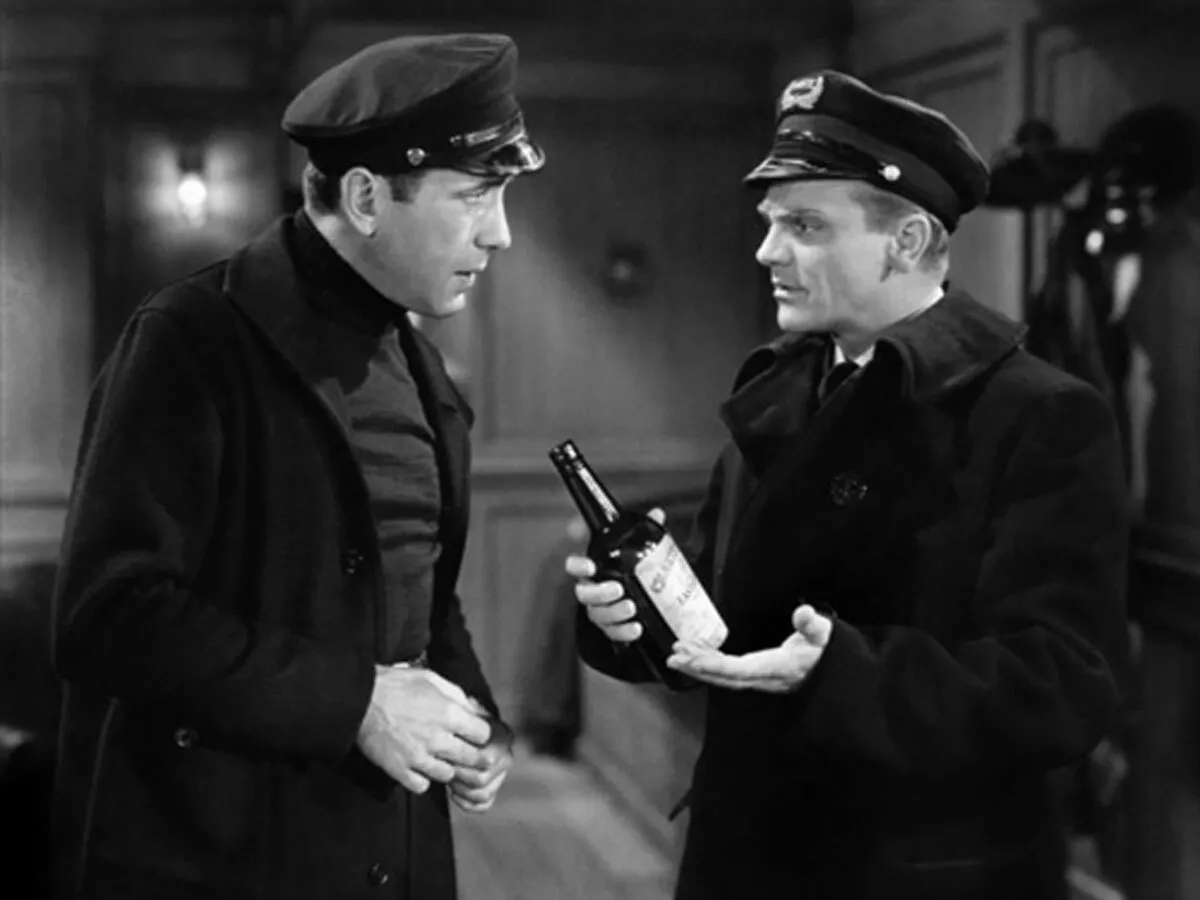
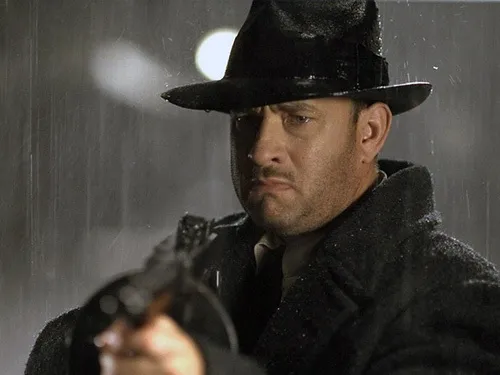
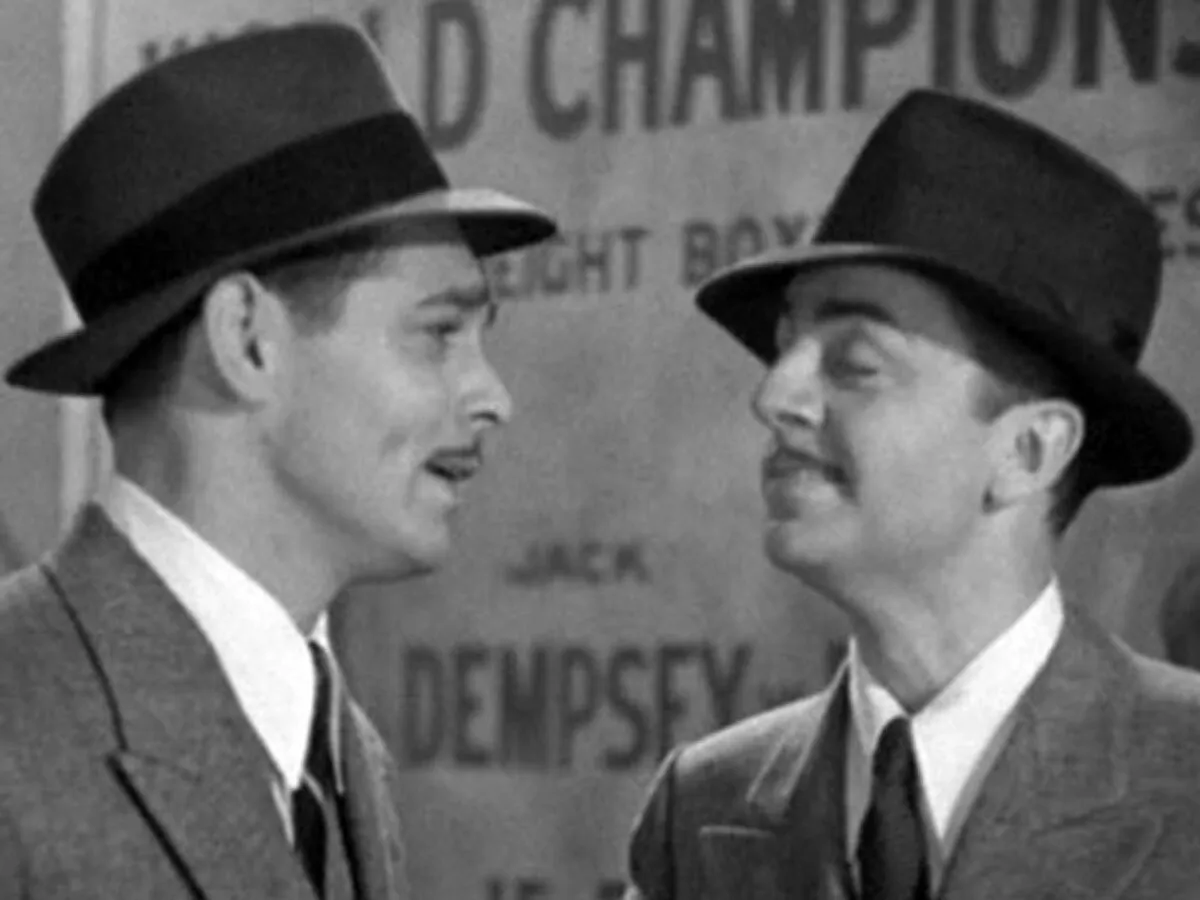
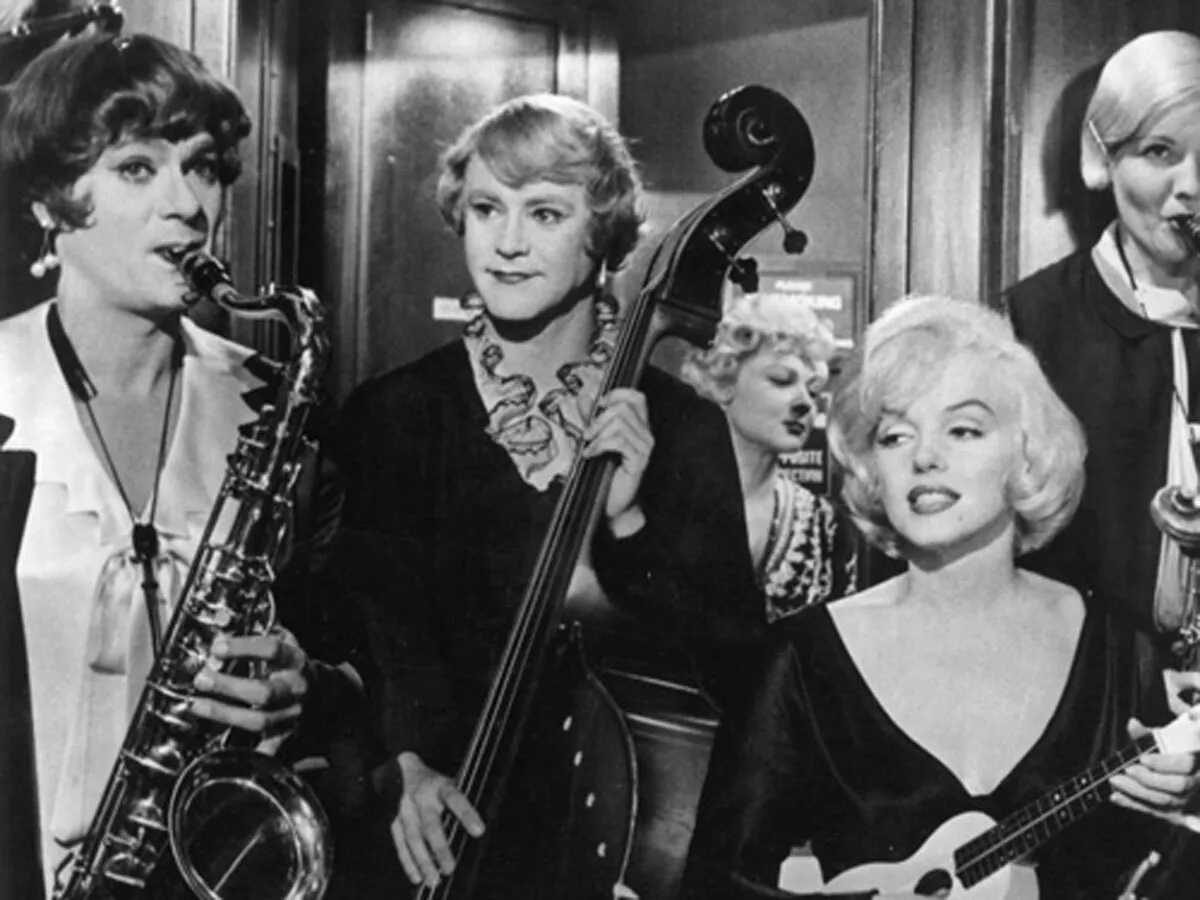
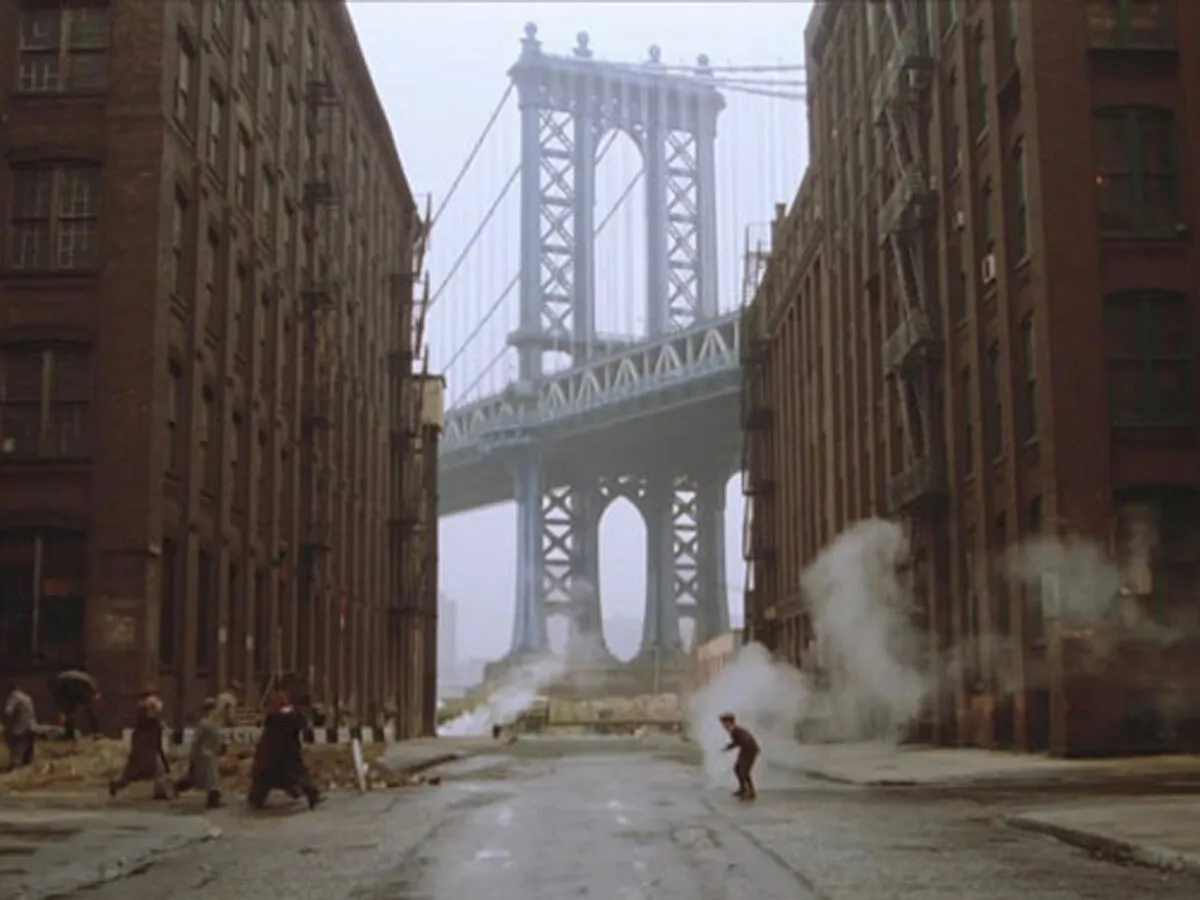
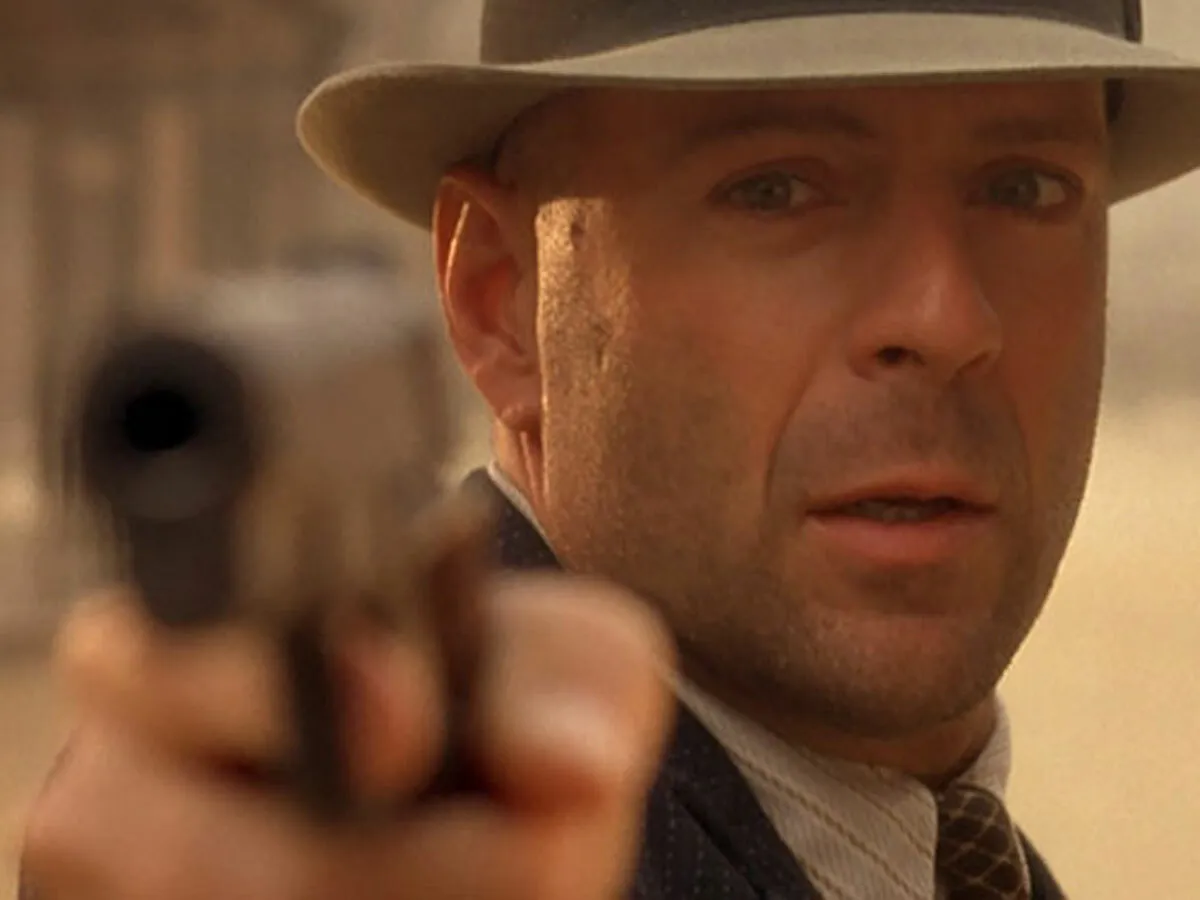
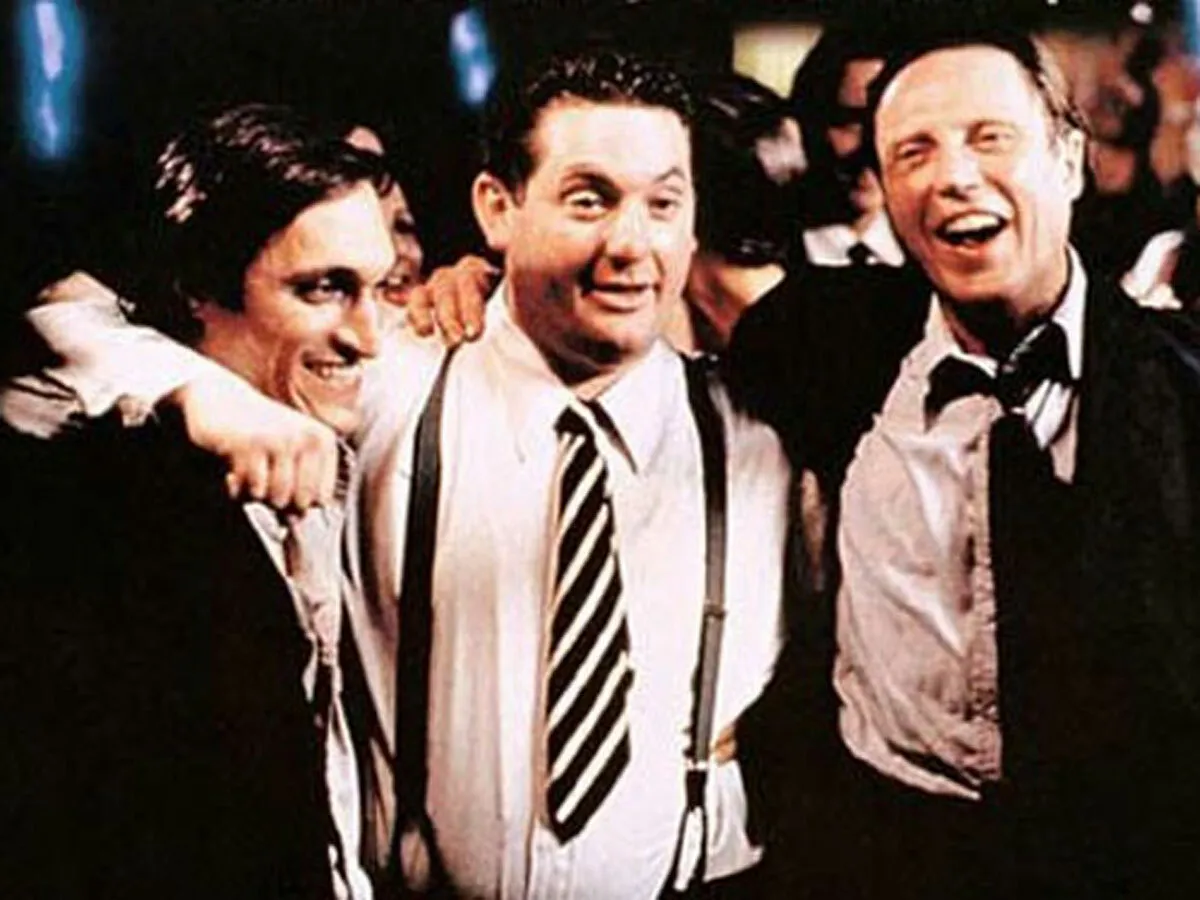
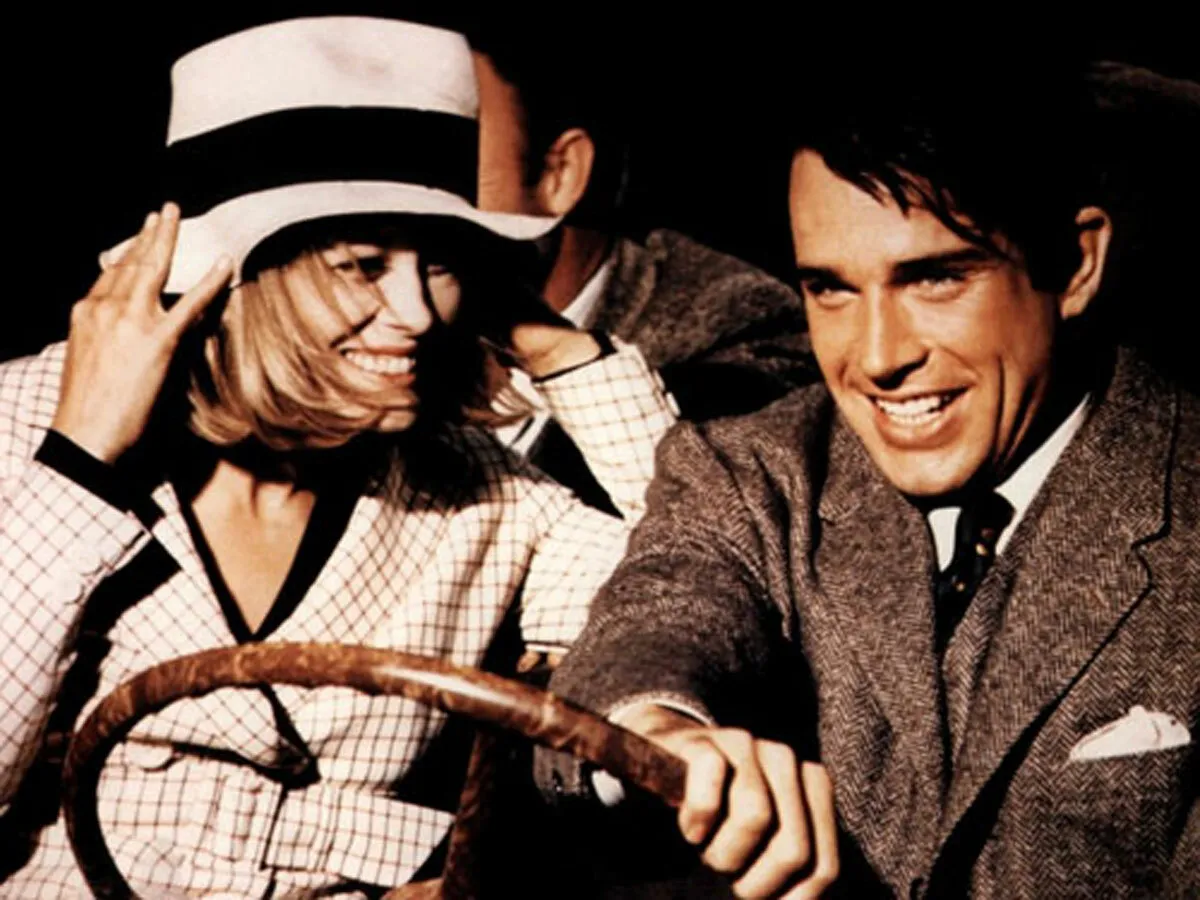
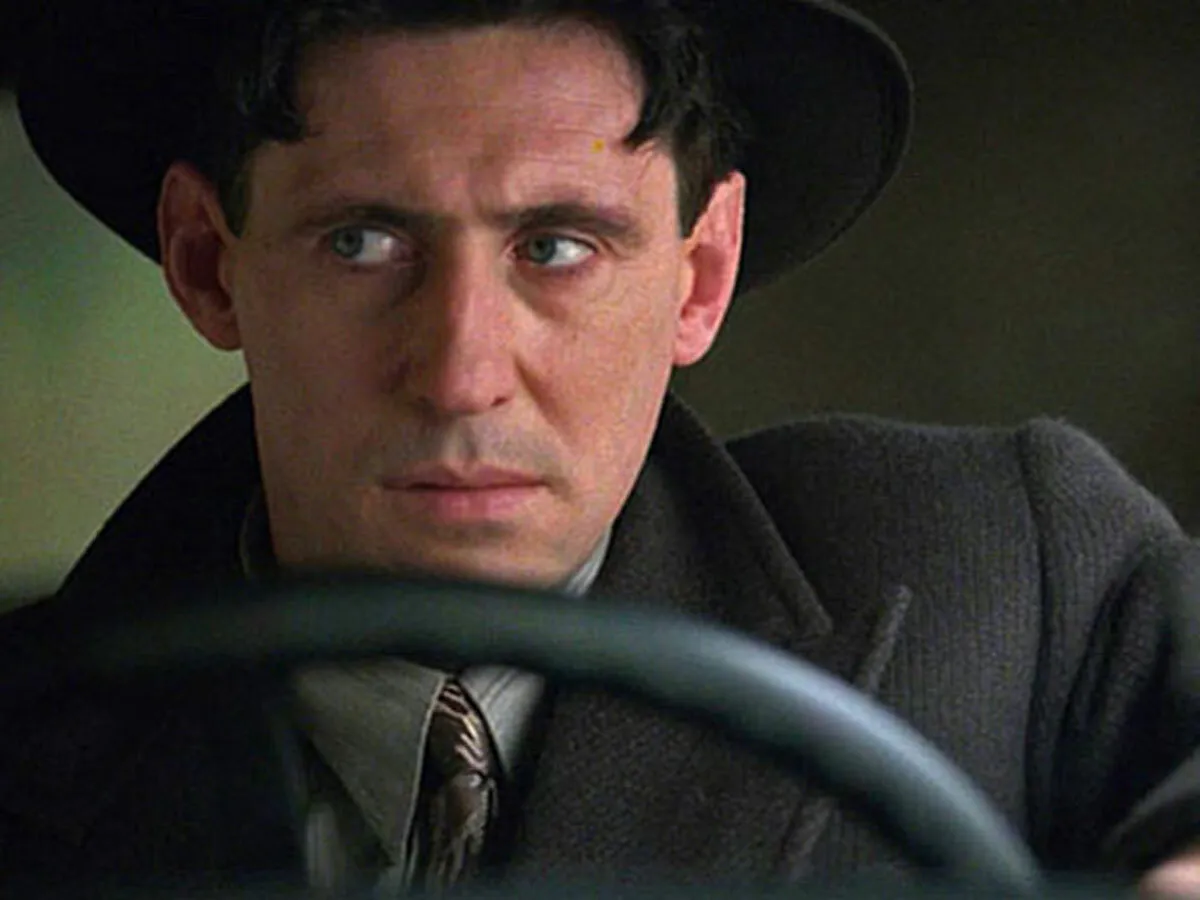
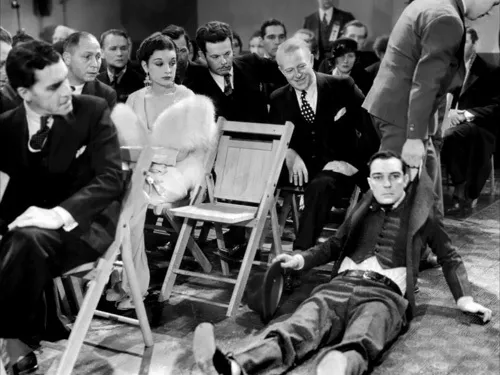
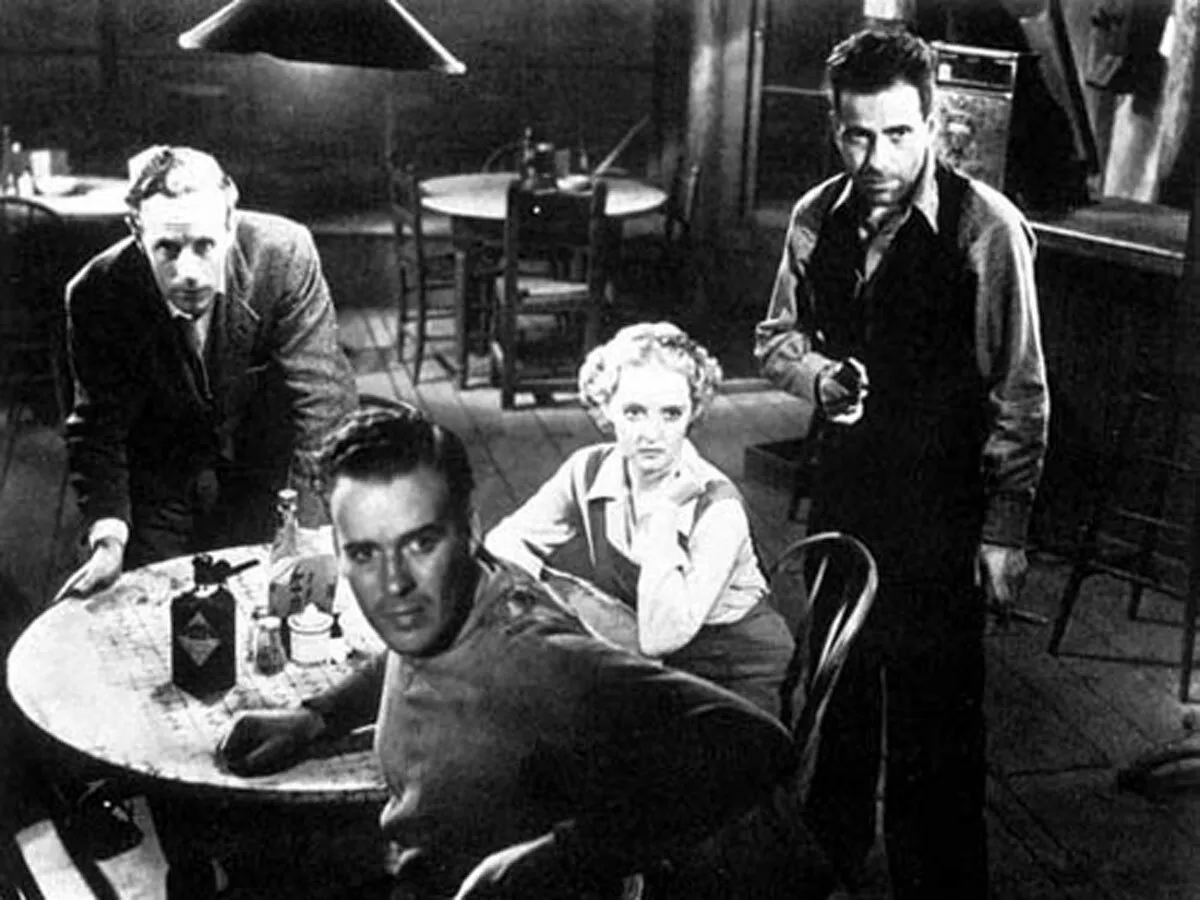

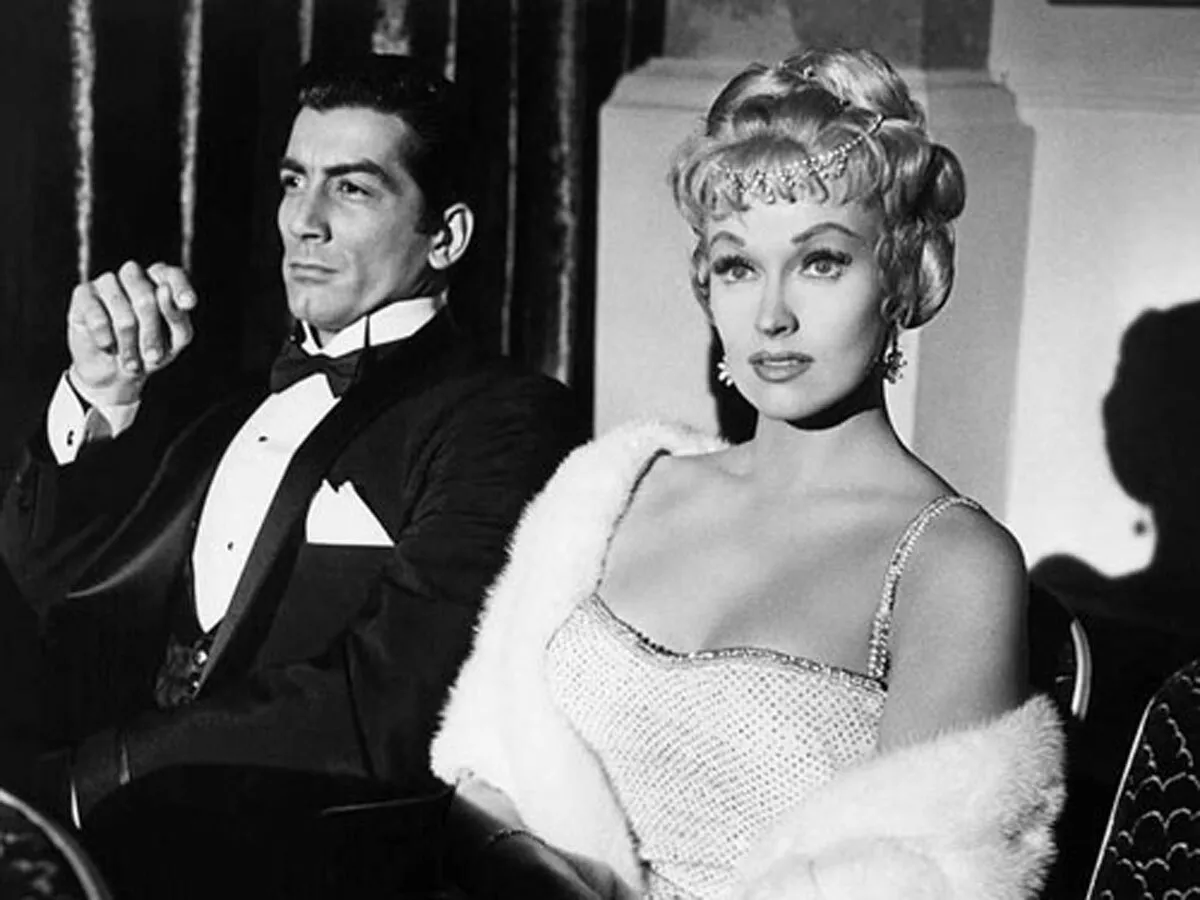
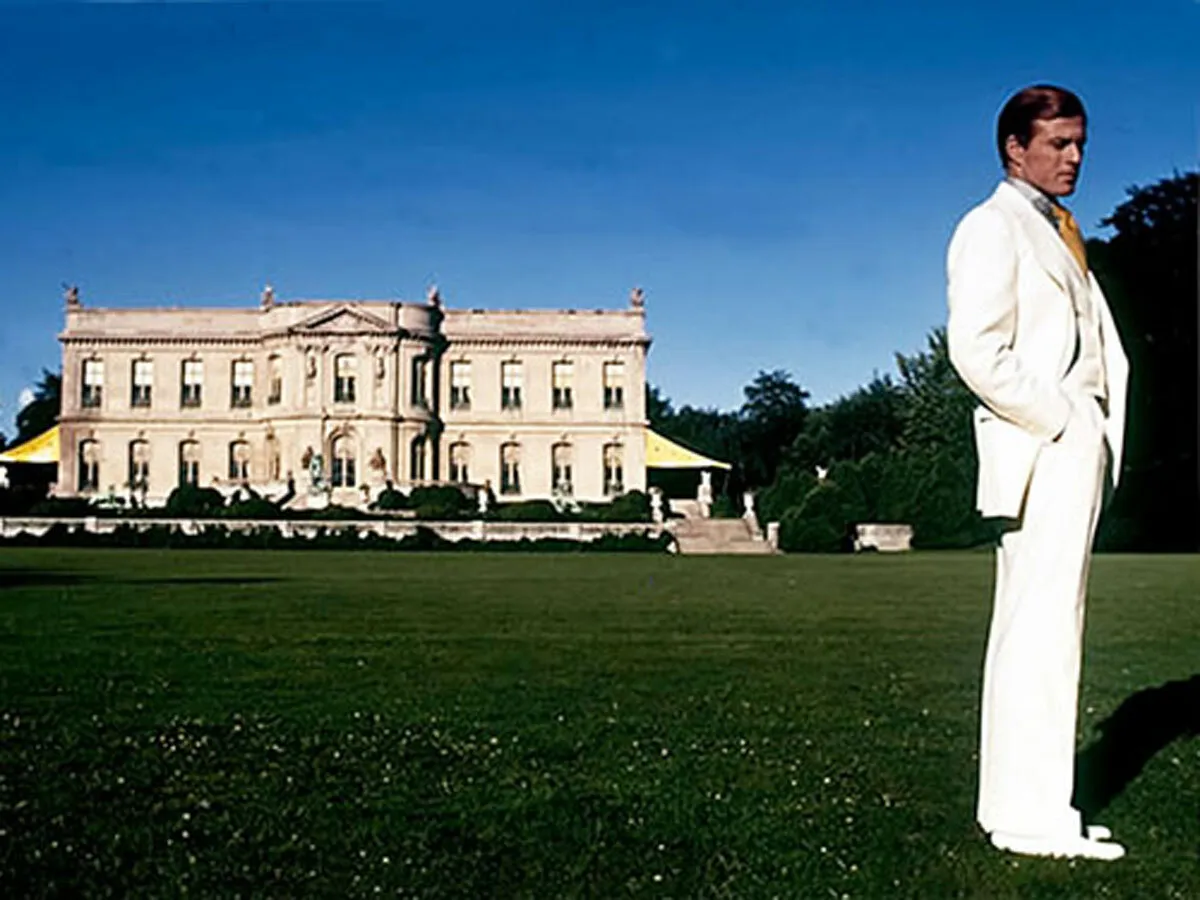
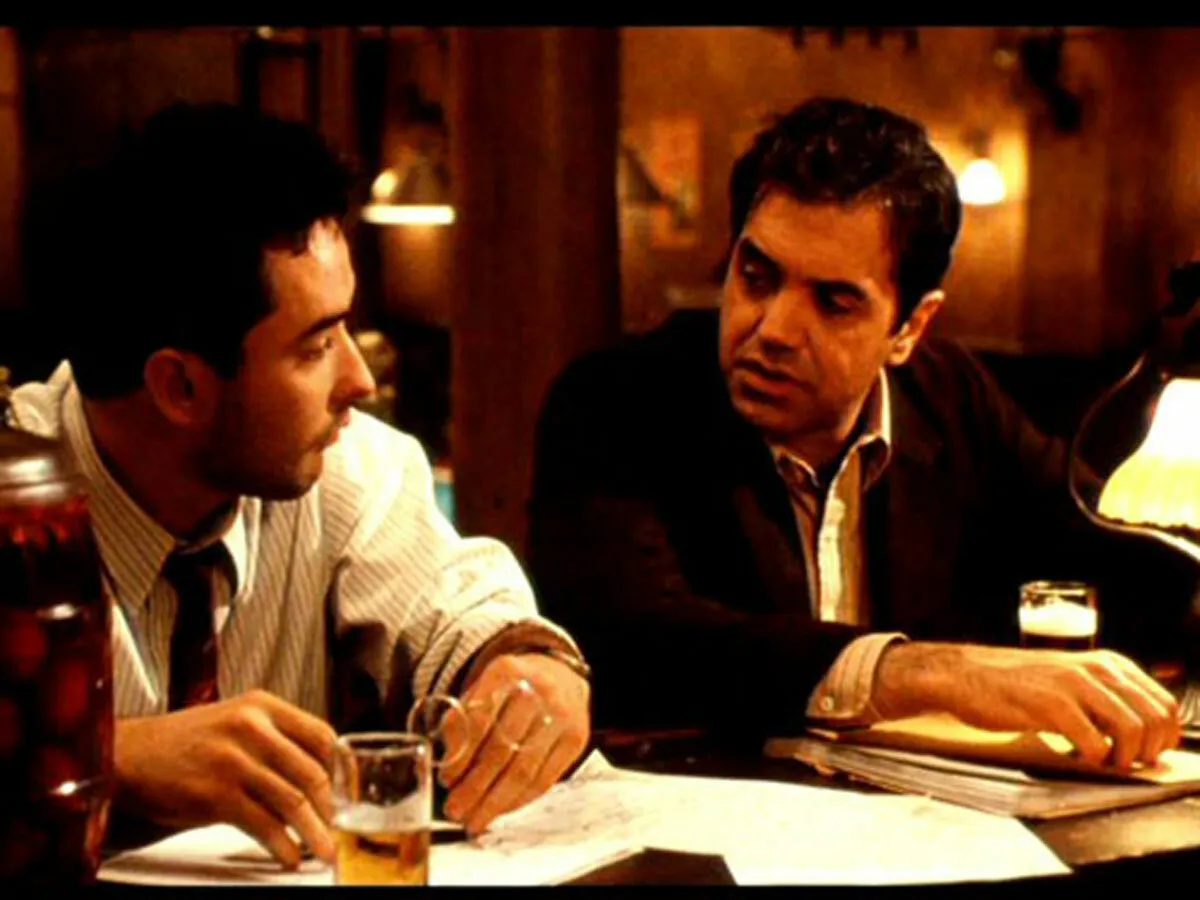
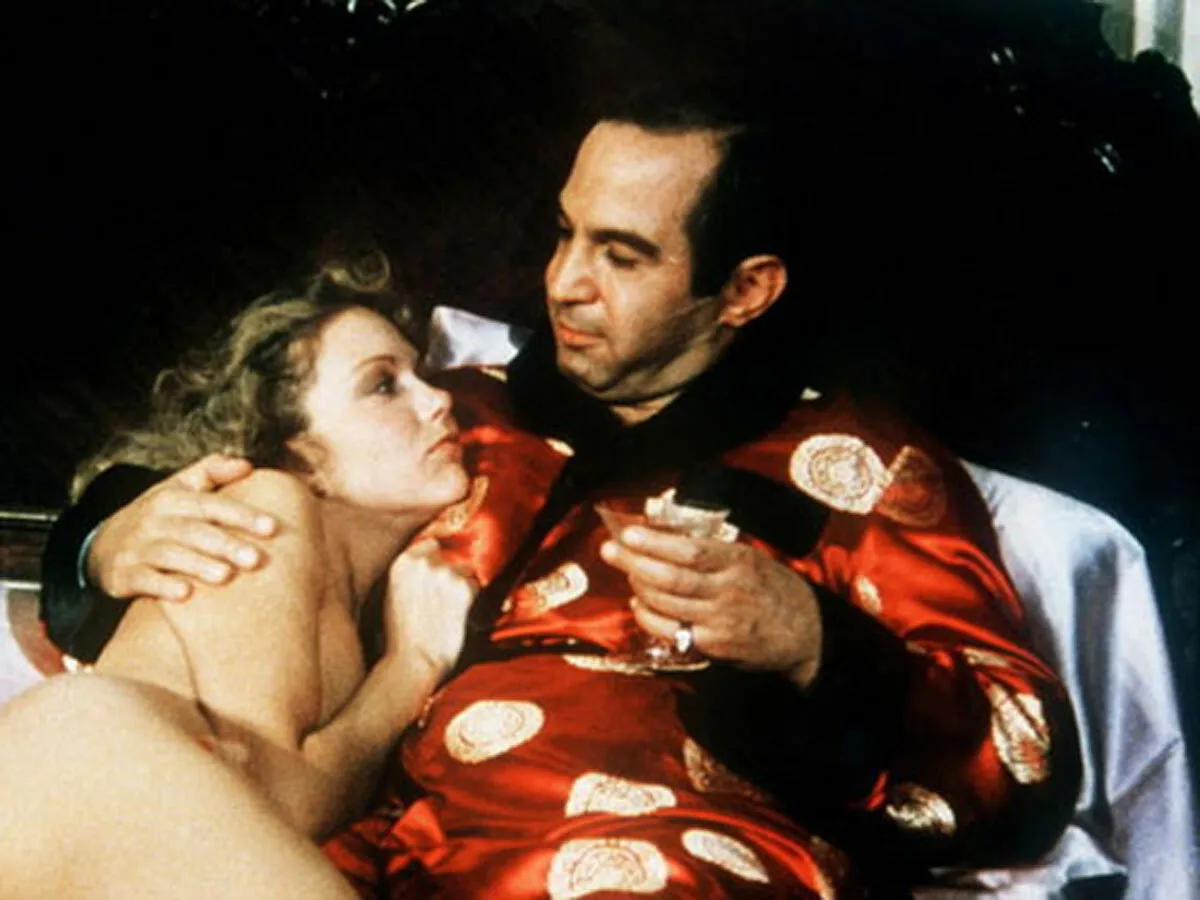
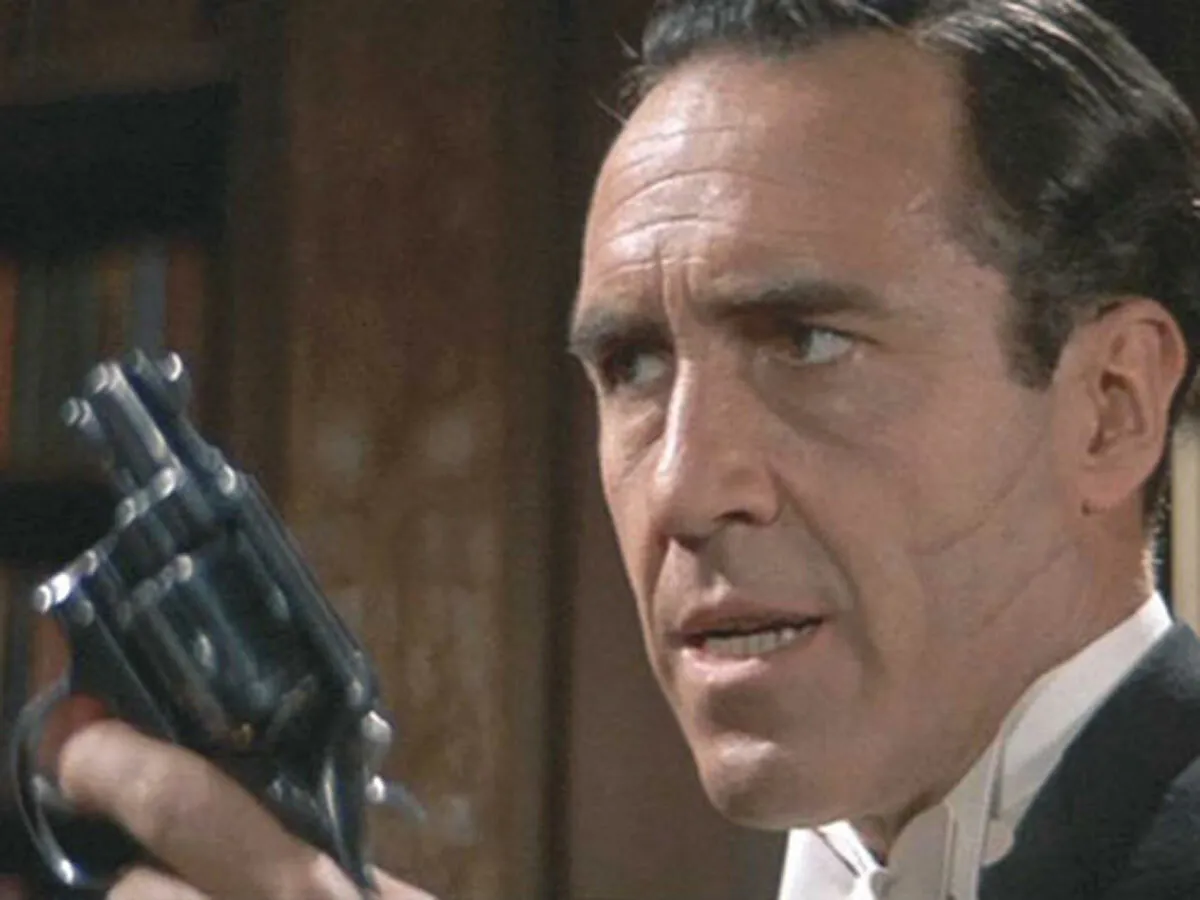
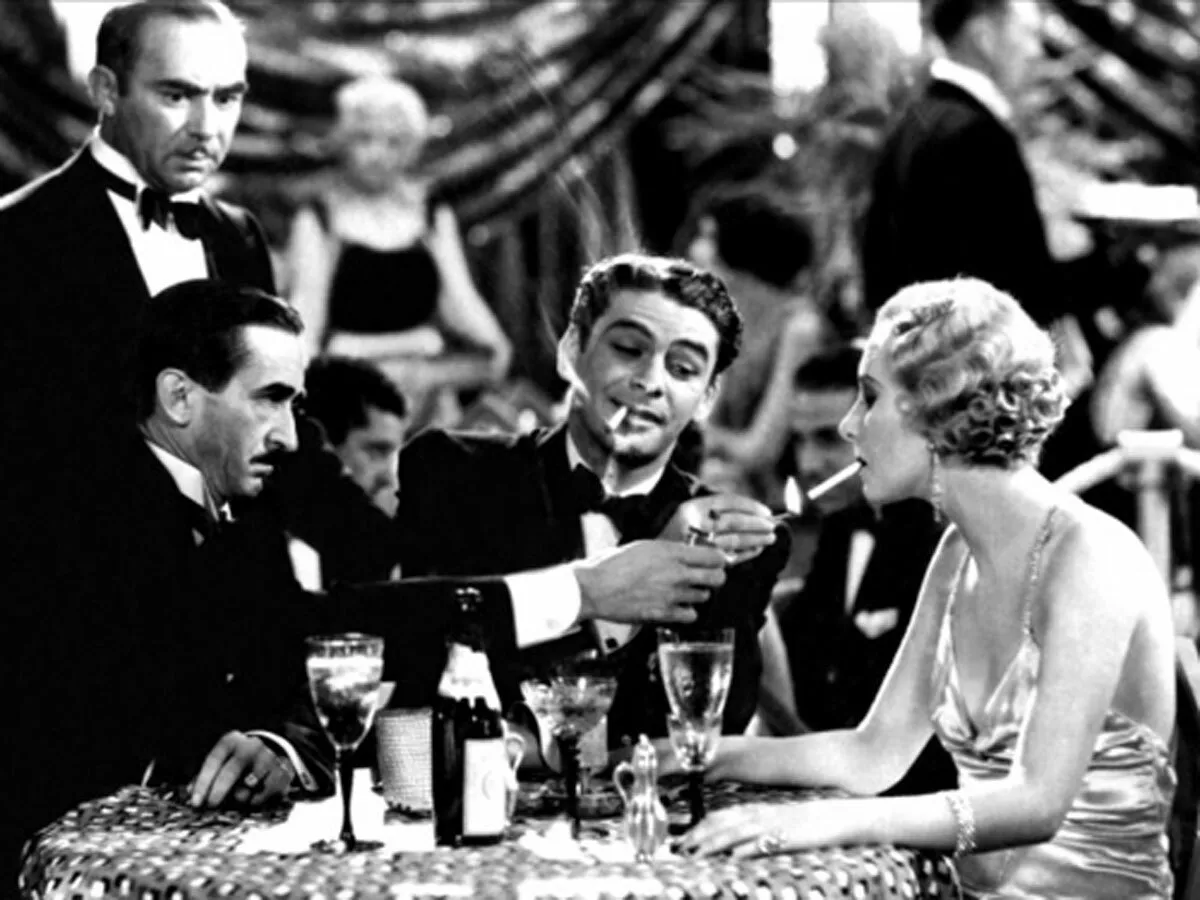
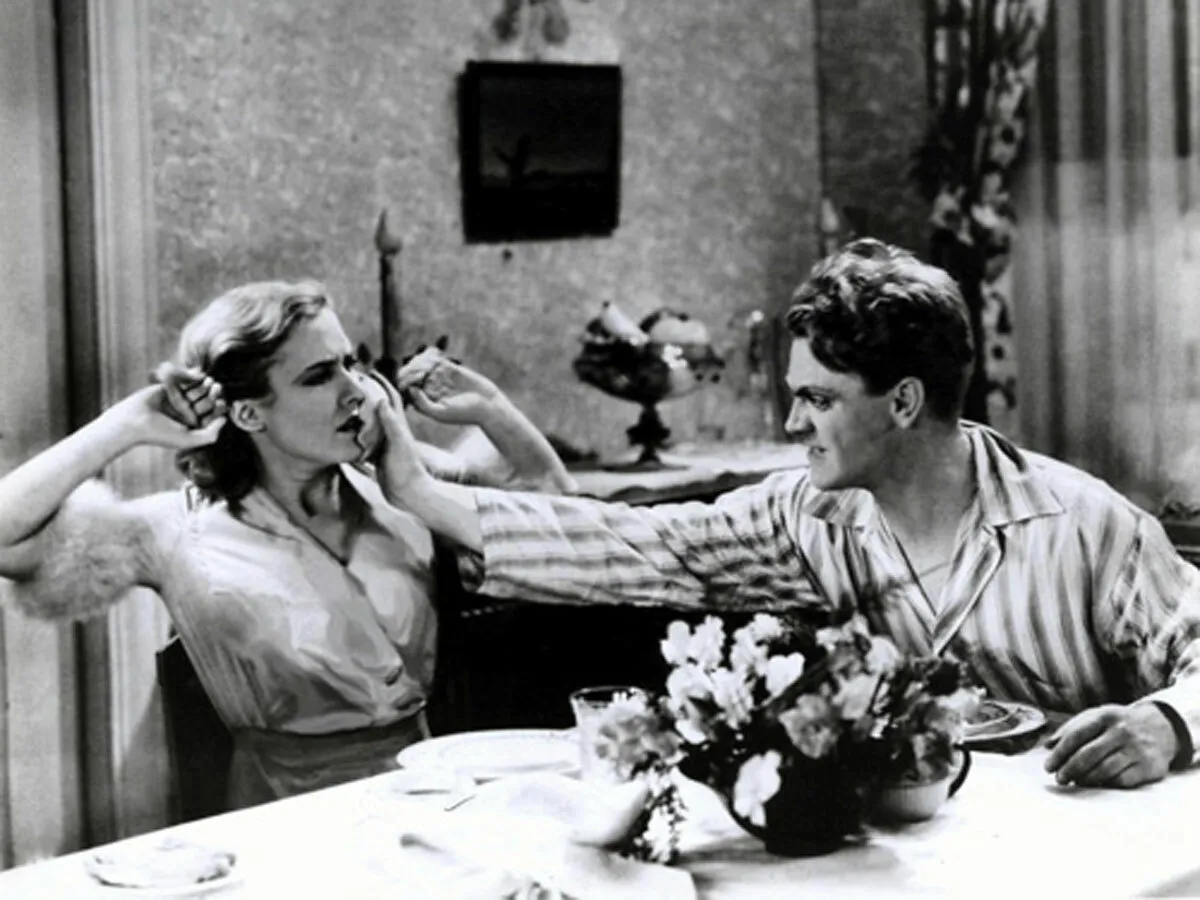
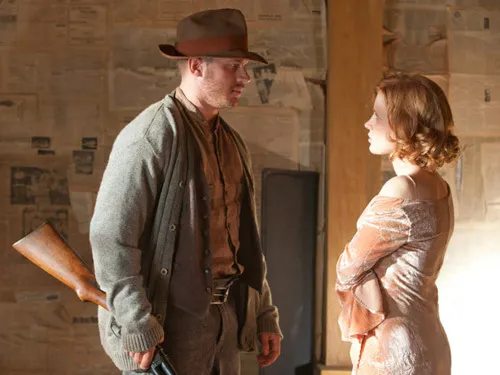
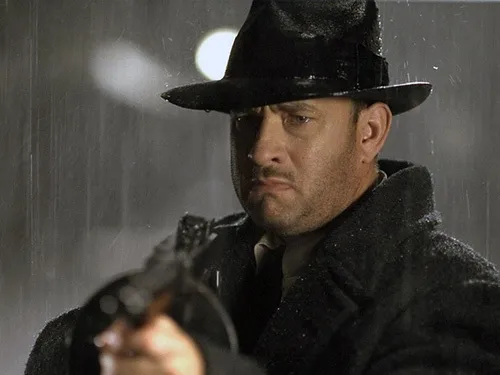
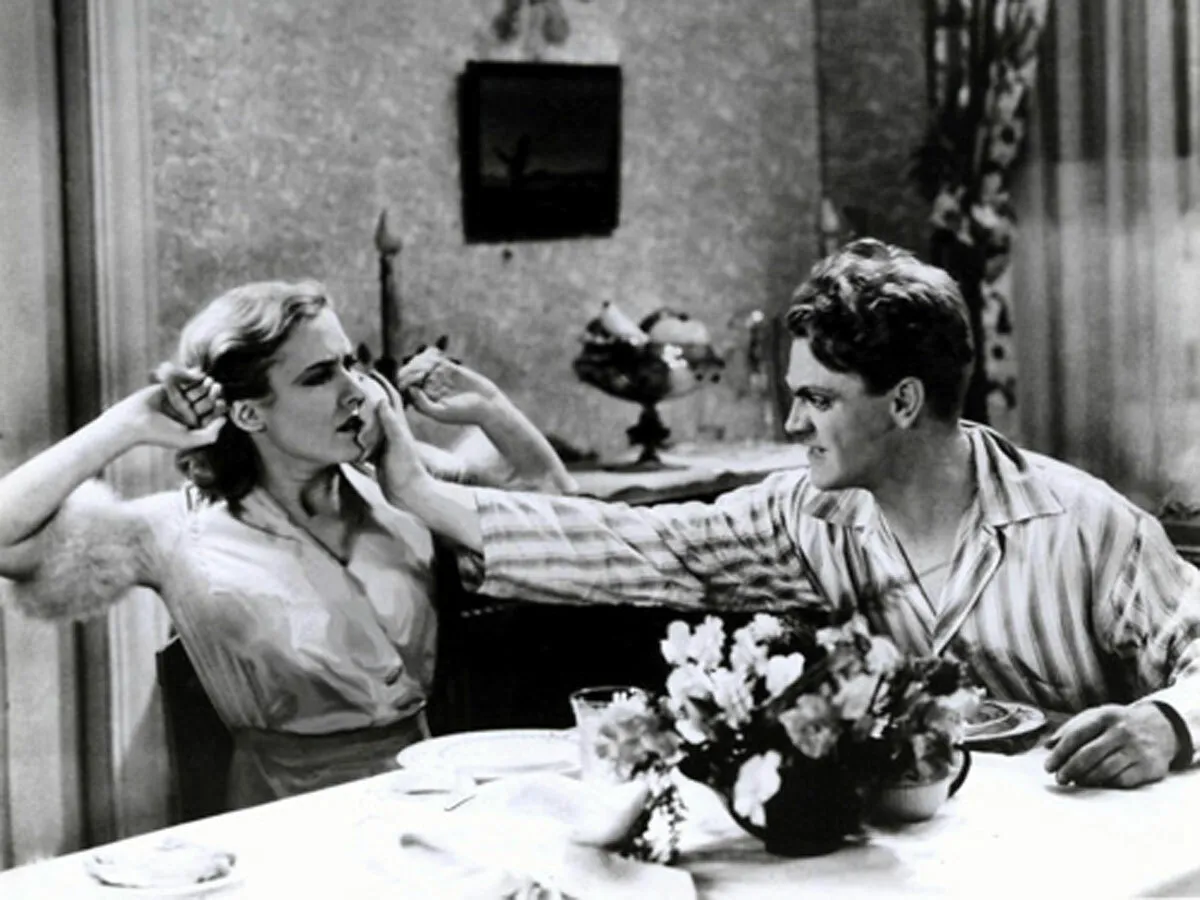
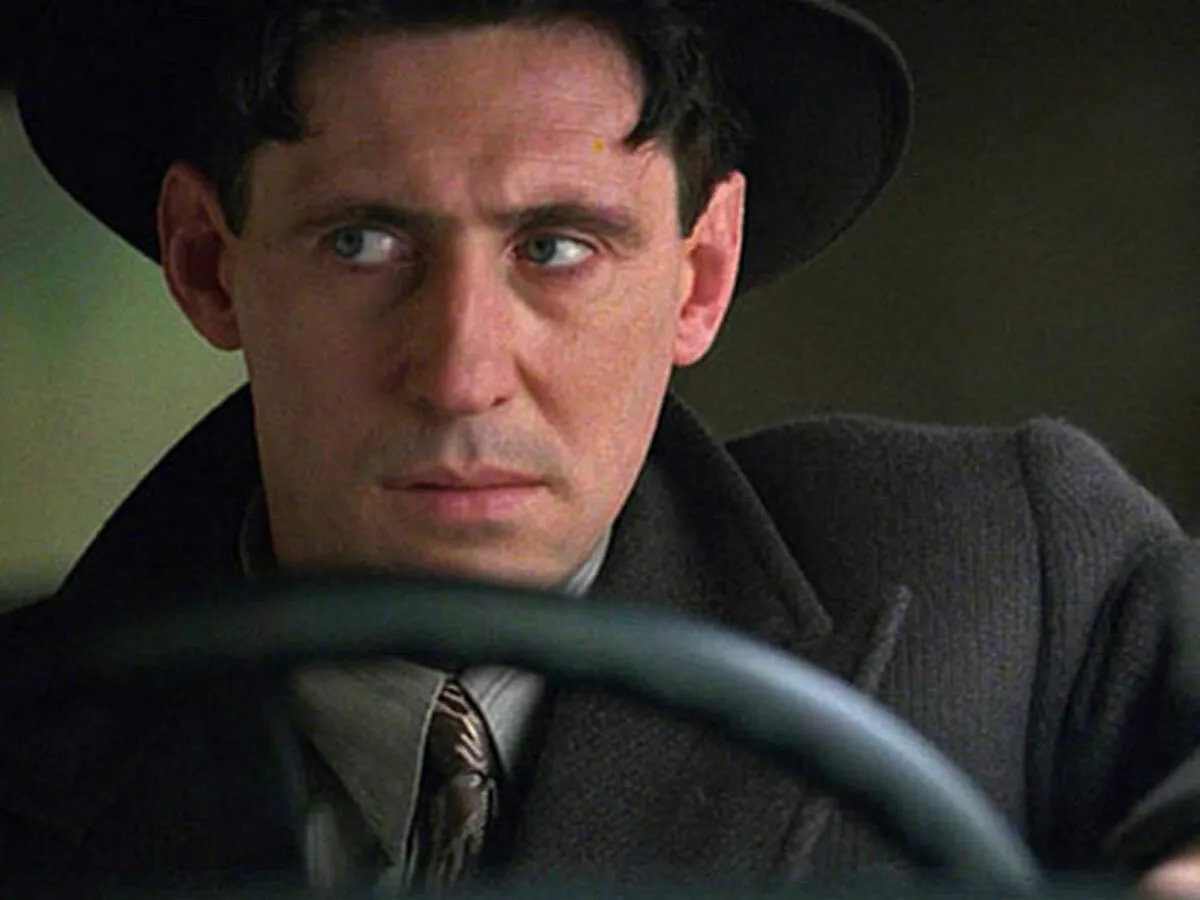
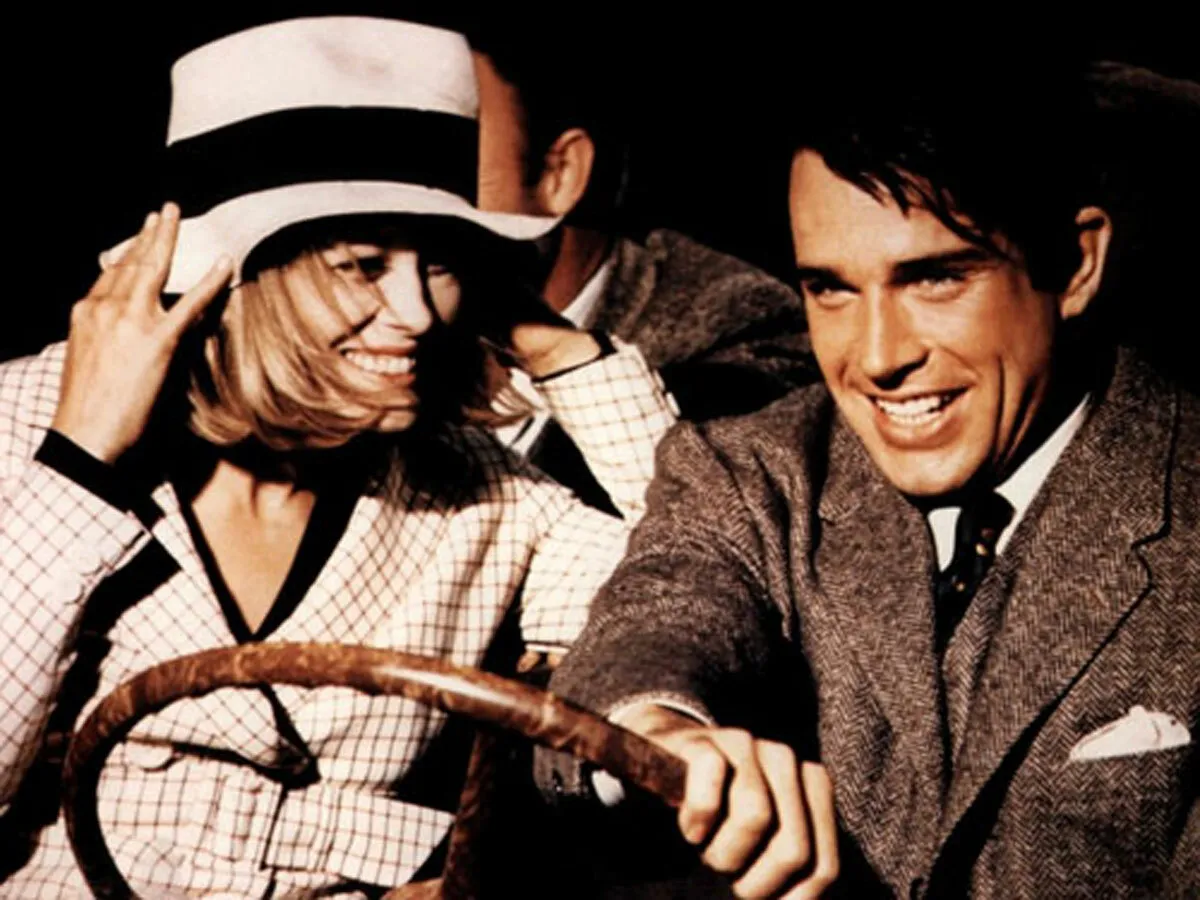
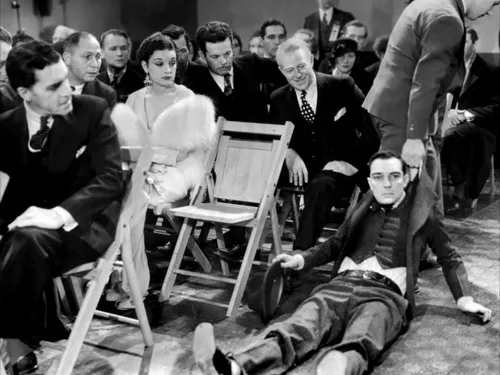
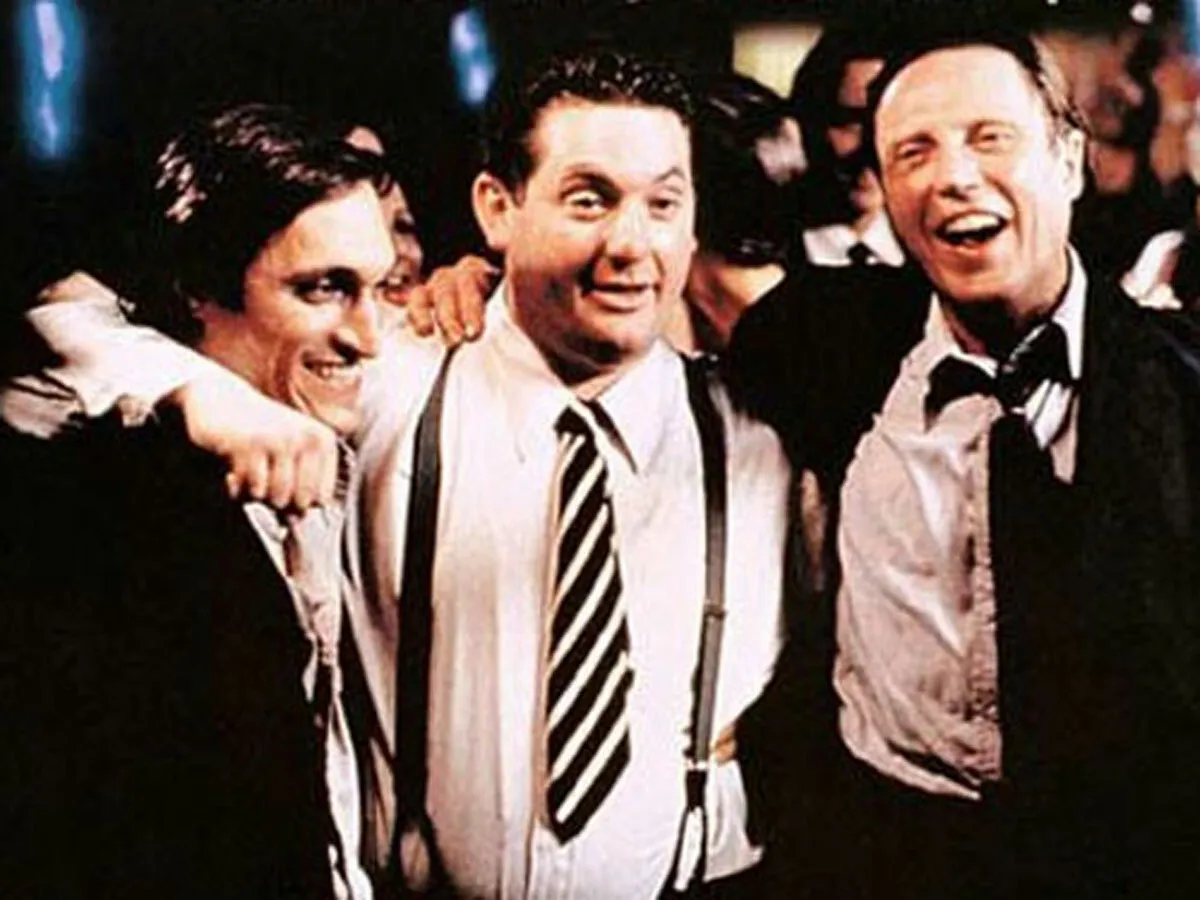


Comments